An auditorium represents a significant investment, serving as a hub for presentations, performances, and community gatherings. Neglecting its upkeep can lead to costly repairs, compromised functionality, and a diminished aesthetic appeal. Implementing a comprehensive maintenance checklist is crucial for ensuring its long-term performance and preserving its visual charm.
Regular Inspections: The Foundation of Proactive Maintenance
Consistent monitoring is key to identifying potential problems before they escalate. Schedule regular inspections, ideally quarterly or bi-annually, covering all aspects of the auditorium.
Seating Assessment
Audience seating is subjected to constant wear and tear. A thorough inspection should include:
- Checking for loose screws, bolts, or damaged upholstery.
- Evaluating the functionality of folding mechanisms and ensuring smooth operation.
- Addressing any squeaking or unusual noises.
- Spot cleaning stains on fabric to prevent permanent damage.
Acoustic Panel Evaluation
Maintaining optimal acoustics is vital for an auditorium’s functionality. Regularly check:
- Panel integrity for any signs of damage, sagging, or detachment.
- Dust accumulation on panels, which can impact sound absorption.
- The condition of acoustic diffusers and reflectors.
Stage and Floor Inspection
The stage and floor endure heavy use and require careful attention:
- Inspect for splinters, cracks, or uneven surfaces.
- Ensure adequate slip resistance to prevent accidents.
- Check the condition of any stage curtains or drapes.
Technical Systems: Ensuring Optimal Functionality
Auditorium technology requires dedicated maintenance to guarantee seamless presentations and performances.
Lighting System Maintenance
Properly functioning lighting is essential for creating the desired ambiance and ensuring visibility:
- Replace burnt-out bulbs and lamps promptly.
- Clean lighting fixtures to maximize brightness.
- Inspect wiring and connections for any damage or corrosion.
- Calibrate lighting control systems for accurate performance.
Audio-Visual (AV) Equipment Care
AV systems are the backbone of modern auditoriums. Regular maintenance includes:
- Testing all audio and video inputs and outputs.
- Cleaning projector lenses and screens.
- Inspecting cables and connections for wear and tear.
- Updating software and firmware to ensure compatibility and optimal performance.
- Checking the microphone systems for static and clear audio output.
HVAC System Optimization
Maintaining a comfortable environment is crucial for audience engagement:
- Regularly change air filters to ensure efficient airflow.
- Inspect and clean air vents to prevent dust accumulation.
- Schedule professional HVAC maintenance to optimize performance and energy efficiency.
Cosmetic Upkeep: Preserving Aesthetic Appeal
A well-maintained auditorium creates a positive impression and enhances the overall experience.
Wall and Ceiling Care
Cleanliness and aesthetic appeal are essential:
- Regularly dust walls and ceilings to remove cobwebs and accumulated dirt.
- Touch up paint chips and scratches to maintain a fresh appearance.
- Address any water stains or signs of mold growth promptly.
Carpet and Flooring Maintenance
Floor coverings require consistent care to prevent wear and tear:
- Vacuum carpets regularly to remove dirt and debris.
- Spot clean stains immediately to prevent them from setting.
- Schedule professional carpet cleaning periodically.
- Repair any damage to flooring, such as cracks or loose tiles.
Restroom Sanitation
Clean and well-maintained restrooms are essential for audience comfort:
- Regularly clean and disinfect all surfaces.
- Ensure adequate supplies of soap, paper towels, and toilet paper.
- Check plumbing fixtures for leaks or malfunctions.
Record Keeping: Tracking Maintenance Activities
Maintaining accurate records of all maintenance activities is essential for effective management. This includes:
- Dates of inspections and repairs.
- Details of work performed.
- Replacement parts used.
- Costs associated with maintenance.
Conclusion: A Proactive Approach to Longevity
Implementing and adhering to a comprehensive auditorium maintenance checklist is crucial for ensuring its long-term performance, preserving its aesthetic appeal, and maximizing its value. A proactive approach to maintenance will not only prevent costly repairs but also enhance the overall experience for performers and audiences alike, making your auditorium a valuable asset for years to come.



